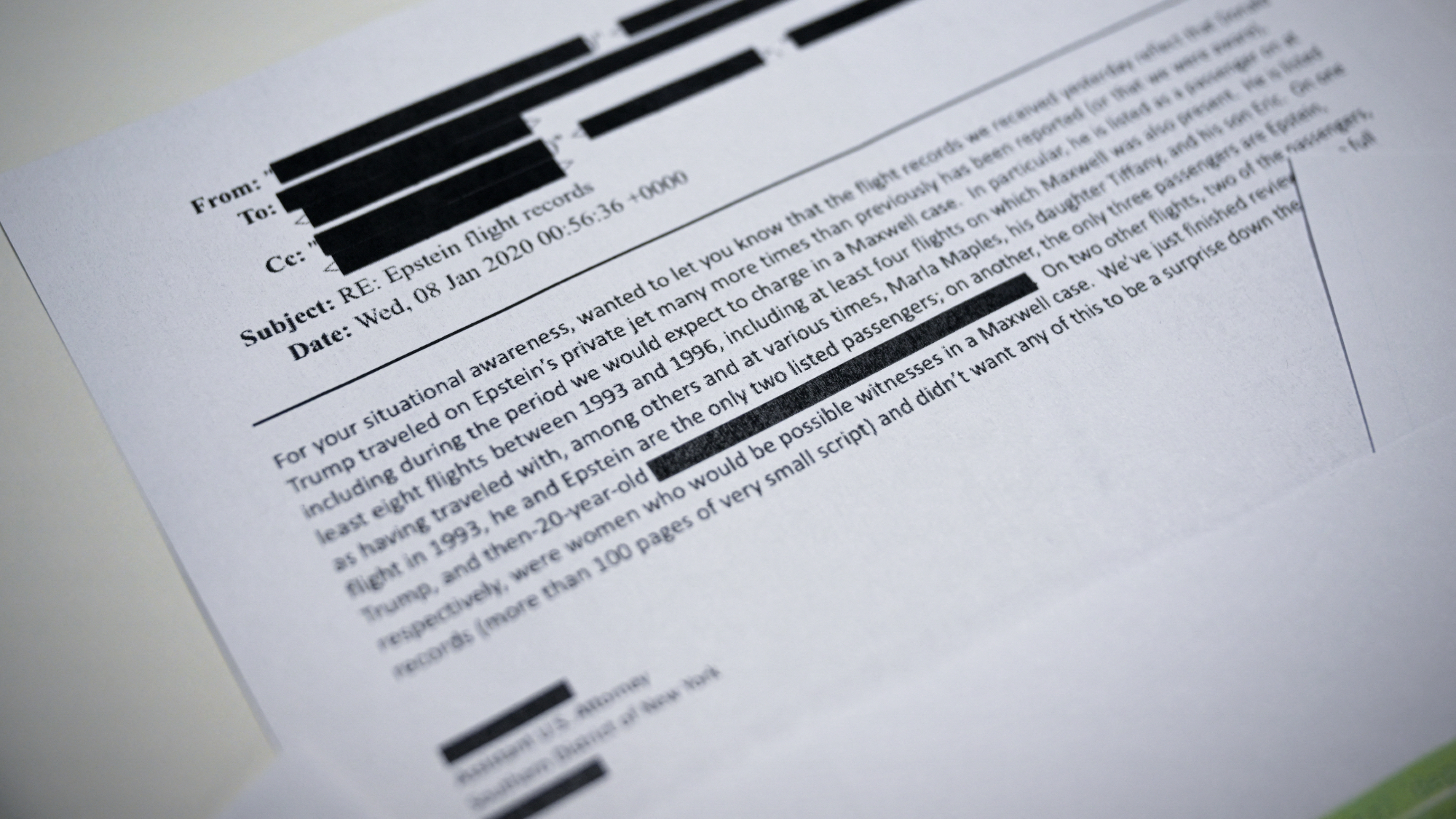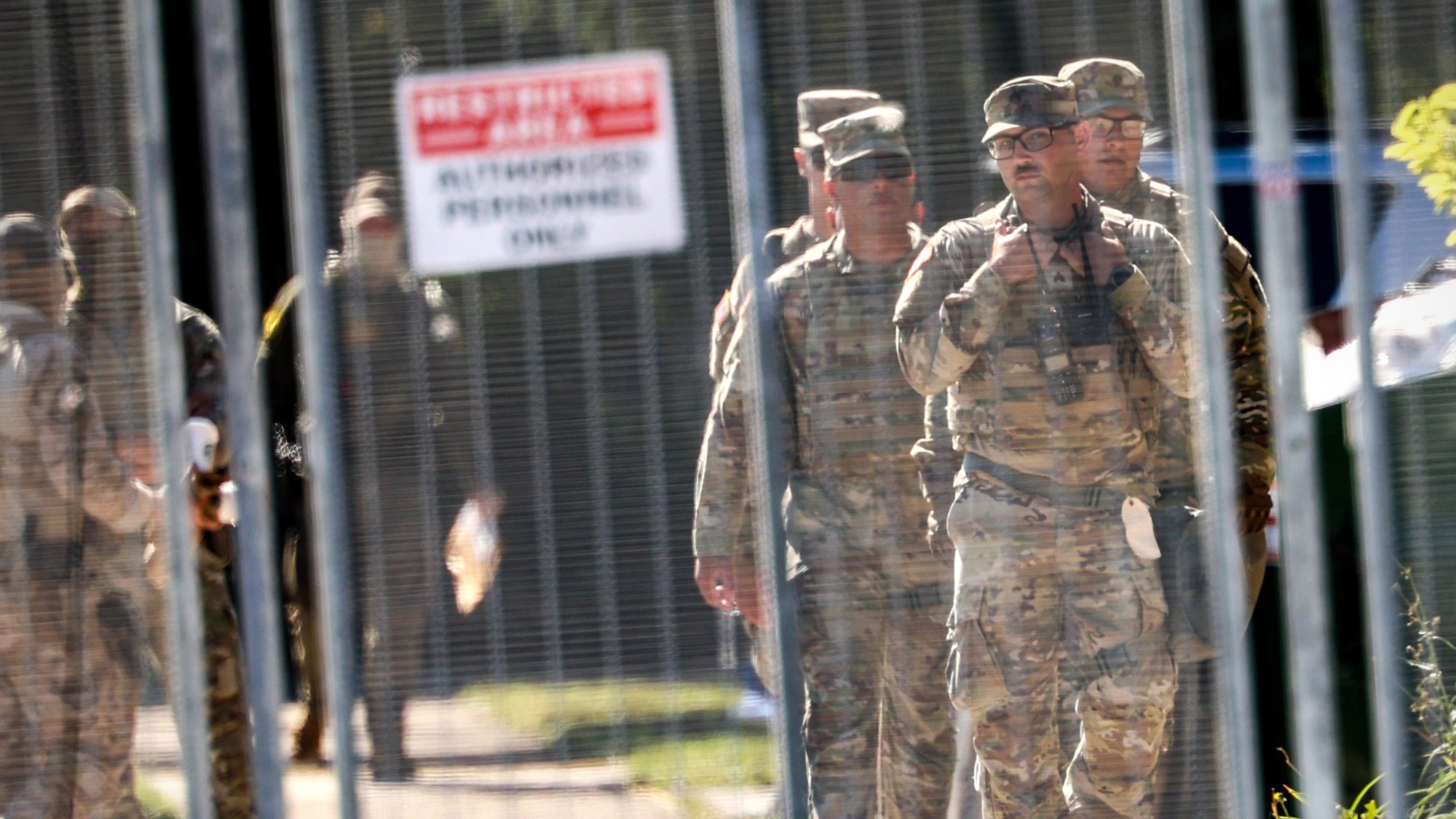The worst Hall of Famers at each position, per sabermetrics
Forget the snubs. Here's who shouldn't be in the Hall of Fame.

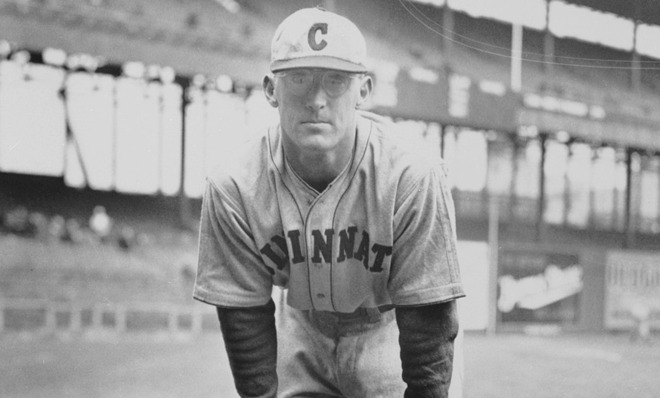
This week's Hall of Fame results have set in motion the annual tradition of griping about who got robbed, which voters stink, and whether some butt injections and a bad attitude are really enough to justify blacklisting Barry Bonds forever.
The voting process is indeed flawed, but not only because of the players it has kept out of Cooperstown. It's also screwed up because of the players it has allowed in.
The list below spotlights the worst players at each position, per JAWS, who are already in the Hall. Without getting lost in the math, JAWS is a formula devised by sabermetrician Jay Jaffe that evaluates players' worthiness for induction by weighting their career WAR (wins above replacement) totals with that of their peak years.
The Week
Escape your echo chamber. Get the facts behind the news, plus analysis from multiple perspectives.

Sign up for The Week's Free Newsletters
From our morning news briefing to a weekly Good News Newsletter, get the best of The Week delivered directly to your inbox.
From our morning news briefing to a weekly Good News Newsletter, get the best of The Week delivered directly to your inbox.
The following discounts former players who were inducted for their managerial prowess or other contributions to the game; we're looking only for the worst players.
So who are they?
Rick Ferrell
A free daily email with the biggest news stories of the day – and the best features from TheWeek.com
(24.7 JAWS / 29.7 WAR / 43rd among all catchers ever in JAWS)
Averages for position among inductees: 43.1 JAWS / 52.4 WAR
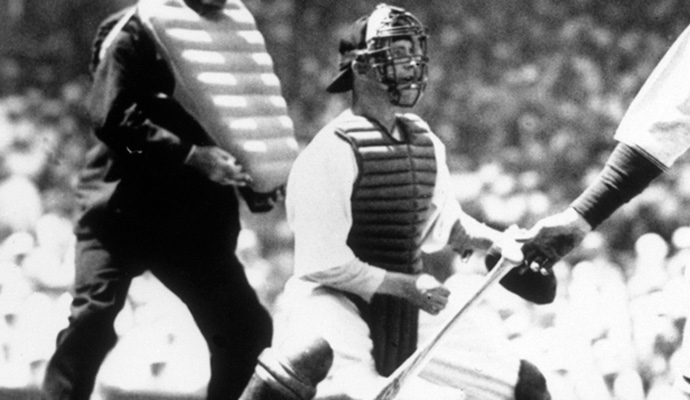
Ferrell played 18 seasons, some of them great, in Boston, Washington, and St. Louis in the 1930s and 40s. He made seven All-Star Games, and for his career posted a respectable .281 batting average and a .378 on-base percentage. Not bad for a catcher — except that he hit a grand total of 28 (!) home runs in his career, and finished with an adjusted on-base plus slugging average (OPS+) of 95, or five percent less than league average for his era.
(As an interesting aside on the deplorable state of the Hall's voting process, Mike Piazza, who ranks fifth in JAWS and sixth in career WAR among catchers, got snubbed for a second straight year almost wholly because of an unfounded scuttlebutt that his bad skin meant he juiced.)
High Pockets Kelly
(24.6 JAWS / 25.2 WAR / 86th)
Averages for position among inductees: 54.0 JAWS / 64.7 WAR
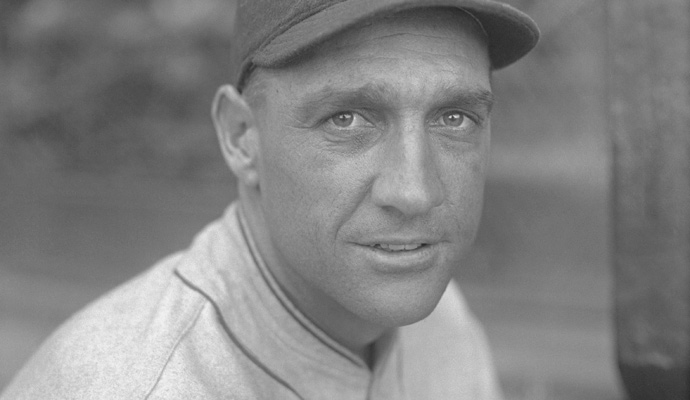
His real name, George Lange Kelly, isn't nearly as entertaining. And though he was a fairly reliable first baseman with decent production in his day, ol High Pockets' problem is the sheer number of home run-mashing first basemen who have since made his career seem comparatively unimpressive in retrospect. He now ranks just under the uninspiring likes of Carlos Pena and Travis Hafner.
Bill Mazeroski
(30.9 JAWS / 36.1 WAR / 51st)
Averages for position among inductees: 57.4 JAWS / 69.9 WAR

In his 15th and final year on the ballot, Mazeroski received only 42.3 percent of the vote, falling well shy of the 75 percent needed for induction. A decade later, in 2001, the Veterans Committee voted him in.
Why? Supposedly it was because of his sterling defense — his offensive production was almost 20 percent below league average — though that seems highly suspect. More likely, it's because he's the only player to ever end a World Series Game 7 with a home run. The dinger did beat the Yankees though, so, on second thought: Congrats, Maz! You earned it.
Freddie Lindstrom
(27.3 JAWS / 28.4 WAR / 71st)
Averages for position among inductees: 54.7 JAWS / 66.9 WAR
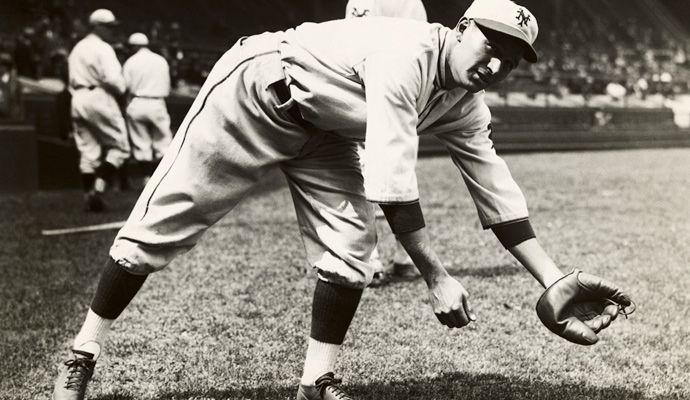
Another player tapped by the Veterans Committee despite dubious lifetime totals. Sure, Lindstrom hit a healthy .311 for his career — a stamp of approval for incurious voters — but he played in only 13 seasons, many of them shortened due to recurring injuries. Indeed, his Hall plaque touts his early hitting feats, even though his career numbers fell well short of traditional benchmarks.
Monte Ward
(30.2 JAWS / 35.8 WAR / 58th)
Averages for position among inductees: 54.7 JAWS / 66.7 WAR
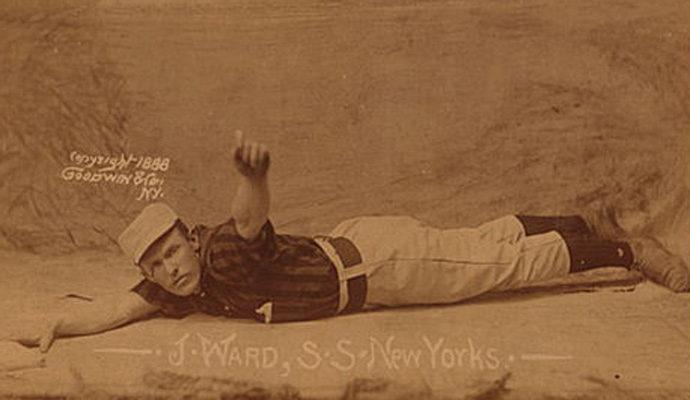
Ward played all his baseball in the 19th century — when gloves were optional and home runs were considered witchcraft — so it's a bit difficult to compare him to more modern shortstops. Still, his lifetime 92 OPS+ pegs him as eight percent below average for his own era. And his career .314 OBP seems more befitting of a pitcher than a shortstop.
Chick Hafey
(28.6 JAWS / 30.1 WAR / 57th)
Averages for position among inductees: 53.2 JAWS / 65.0 WAR
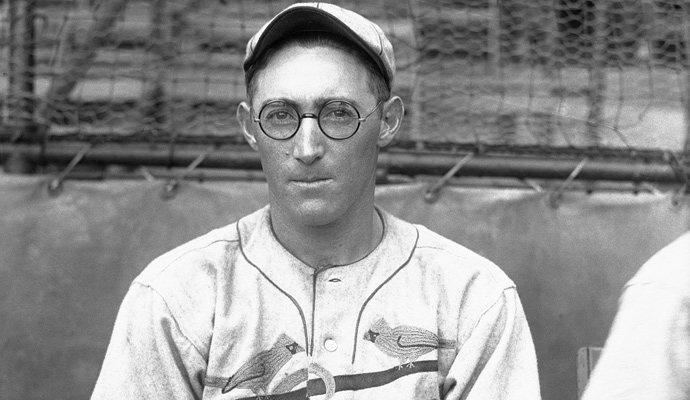
I grudgingly had to skip Monte Irvin and his amazing nickname "Mr. Murder" because he played the bulk of his career in the Negro Leagues. So, Hafey it is.
At first glance, Hafey isn't half bad. He hit .317 for his career, with a decent 133 OPS+. Yet he missed considerable playing time over a short, 13-year career due to vision problems, possibly as a result of getting beaned so often.
Lloyd Waner
(22.2 JAWS / 24.1 WAR / 109th)
Averages for position among inductees: 57.2 JAWS / 70.4 WAR
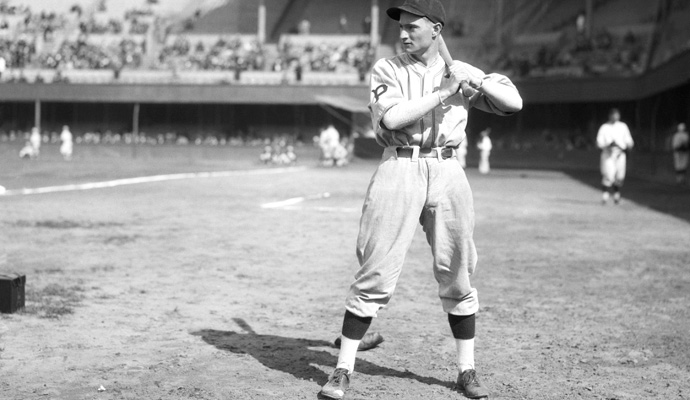
Waner wasn't necessarily as bad as his low ranking makes him seem. However, he had absolutely no pop for an outfielder; his Hall plaque somewhat awkwardly notes that he holds the record for most singles in a season. So while he could hit for average (.316 lifetime) he couldn't do much else with the bat.
Waner's stock is further lowered by the fact that, despite playing at a premium defensive position, he was decidedly "meh" in the field, costing his teams a couple of wins over his career with his poor glovework.
Tommy McCarthy
(17.6 JAWS / 16.2 WAR / 127th)
Averages for position among inductees: 58.1 JAWS / 73.3 WAR
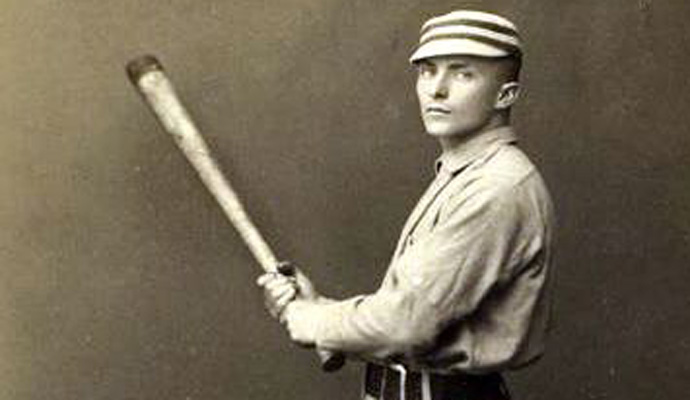
Who, you may ask, was Tommy McCarthy? Exactly my point.
McCarthy was another 19th century player added to the Hall by the aptly named "Old Timers Committee." And though the old timers may love him, stats sure don't. He was barely an average hitter in his day (102 career OPS+) whose greatest attributes were, well, his feet; he swiped 83 bases in 1890.
However, the light-hitting right fielder smacked only 44 homers in his career, a shortcoming made all the more glaring given that he shared a position with some of the game's greatest power hitters in Babe Ruth and Hank Aaron, among others.
Jesse Haines
(27.3 JAWS / 32.6 WAR / 297th)
Averages for position among inductees: 61.4 JAWS / 72.6 WAR
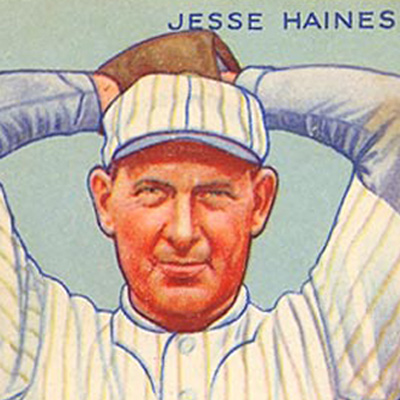
Two hundred and ninety-seventh. Sheesh. To put that in perspective, there have been, per JAWS, 296 better pitchers in history than Jesse Haines. Or, to put it in a different perspective, Mike Hampton (yes, that Mike Hampton) is statistically tied with Haines, and Kevin Millwood isn't too far behind.
So why is Haines in the Hall? He…threw a no-hitter? (There have been 282 in baseball history.) He…won 20 games a couple times? (Not really an achievement when you don't control offensive production.) Apparently, according to his Hall plaque, it's both. Well, that and the fact that he was "durable."
Rollie Fingers
(22.7 JAWS / 26.1 WAR / 27th)
Averages for position among inductees: 34.4 JAWS / 40.6 WAR
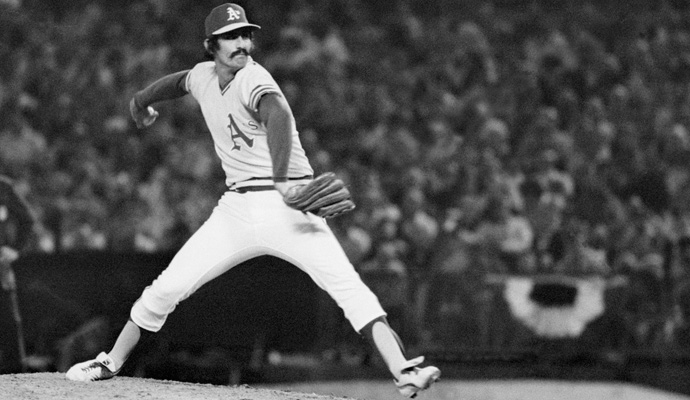
There are only a handful of relief pitchers in the Hall, and Fingers is the most curious among them. All the other relievers spent more time as starters than Fingers, and they generally have better numbers across the board, too. Fingers did win a Cy Young and MVP in the same season, 1981, while posting a ludicrous 1.04 ERA. And his induction was somewhat for historical purposes, as his career "epitomized the emergence of the modern-day relief ace."
Jon Terbush is an associate editor at TheWeek.com covering politics, sports, and other things he finds interesting. He has previously written for Talking Points Memo, Raw Story, and Business Insider.


